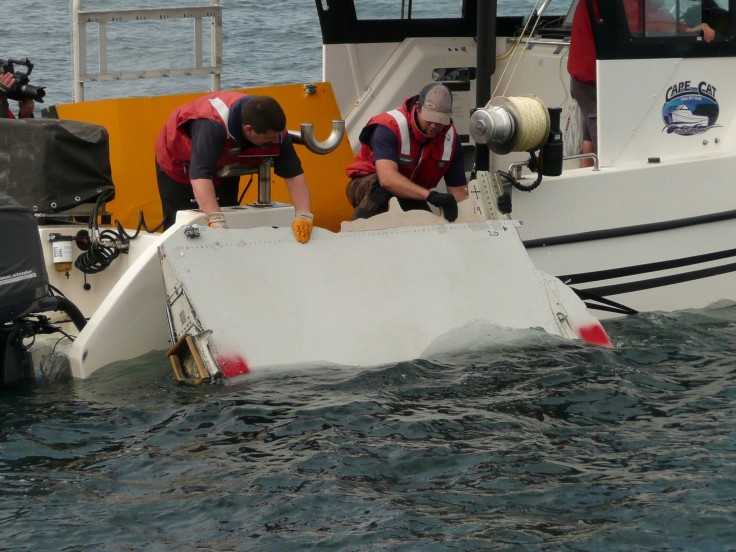Where Is Flight MH370? AI Can Pinpoint Missing Plane's Location, Airline Says

The mystery behind the disappearance of Malaysia Airline Flight MH370 continues with no closure for the families of 239 people who were on board the jet. On Monday, Malaysia Airline's CEO Peter Bellew told The Australian newspaper that advances in science and technology, including artificial intelligence, can help pinpoint the resting place of the missing jet.
The Boeing 777-200 went missing March 8, 2014, while on its way from Kuala Lumpur to Beijing. After over three years of search in a remote part of the southern Indian Ocean where the plane was believed to have crashed, no concrete clues as to what happened to the jet have been yielded. The multimillion-dollar hunt for MH370 was suspended this year after search vessels failed to find it. However, several debris pieces have washed up on shores in islands in the Indian Ocean, some of which have been confirmed to be wreckages of the missing plane.
Read: Missing Flight MH370 Breakthrough Likely In 4 Years
"There will be advances in science that will help locate the wreckage eventually," Bellew reportedly said, adding the discovery "might unlock closure for some people." He added that the advances could come through "the availability of artificial intelligence that's coming on stream," high-capacity computing power and university research.
The families of those on board the jet protested after the tripartite — Australia, Malaysia, and China — decided to call off the search for the plane. Some next-of-kin conducted independent efforts to find the wreckage of the missing plane with the help of experts.
"(There are people) who are spending a lot of their own resources at the moment and coordinating with authorities... I do think somebody will make a breakthrough somewhere around this, or a combination of people," Bellew told the Australian. "It will create a situation where there will be some chance of pinpointing the location of where the aircraft may well be."
Last week, Bellew said a breakthrough in finding the missing plane could be made within the next four years.
Read: Missing Flight MH370 Search Reveals Mysteries Of Deep Ocean
"(Given) the advances in scientific research around the location where the aircraft may have gone down ... I personally would be very surprised if, in the next three or four years, we don't get a breakthrough. I think that's the timescale we're looking at," Bellew told CNBC.
On July 13, Seychelles Civil Aviation Authority (SCAA) said two debris pieces found in the island nation of Seychelles will be analyzed to see if they came from the missing Flight MH370.
"The direction of flow of the sea currents make it likely that the (debris) came from the general direction where other parts (of MH370) have been found in Indian Ocean countries," a senior SCAA official, who spoke on the condition of anonymity, told Reuters at the time. The SCAA said in a statement they contacted Malaysian authorities "who have shown an interest, and with whom we expect to work closely."
© Copyright IBTimes 2025. All rights reserved.




















